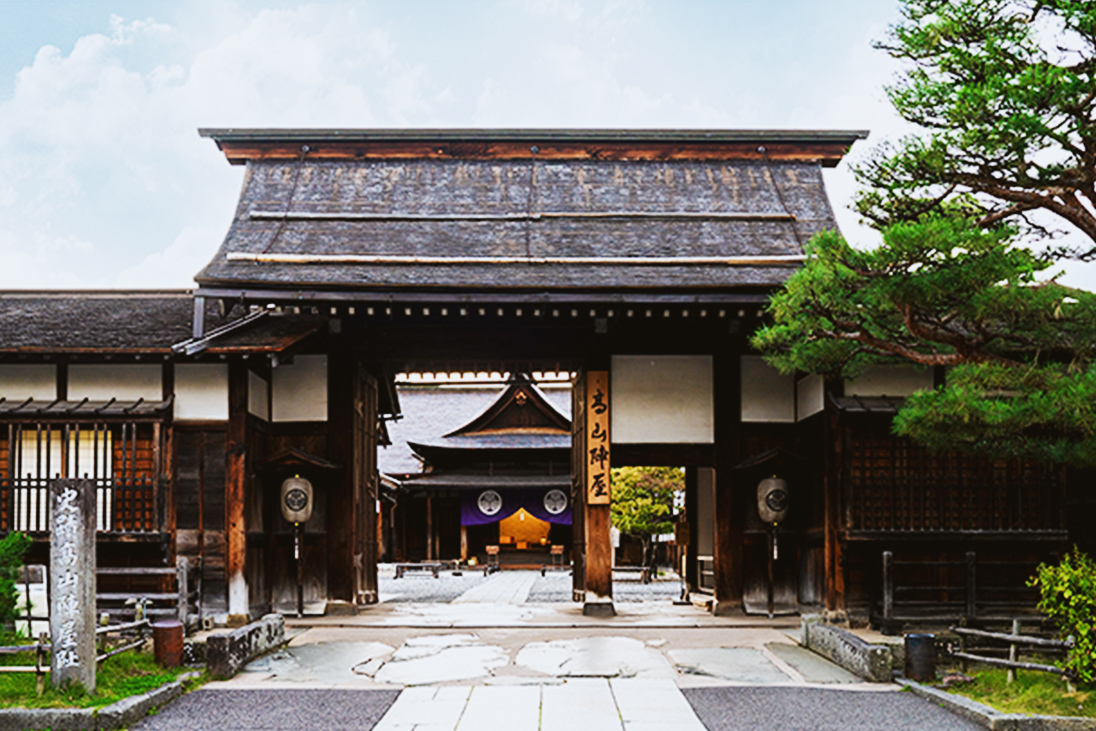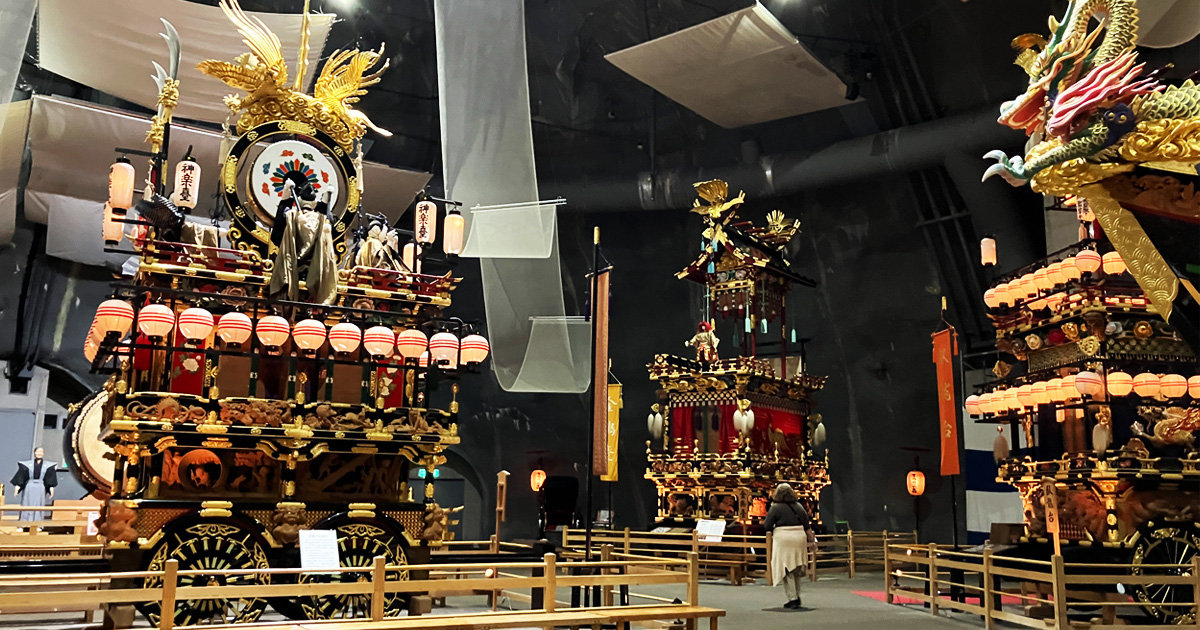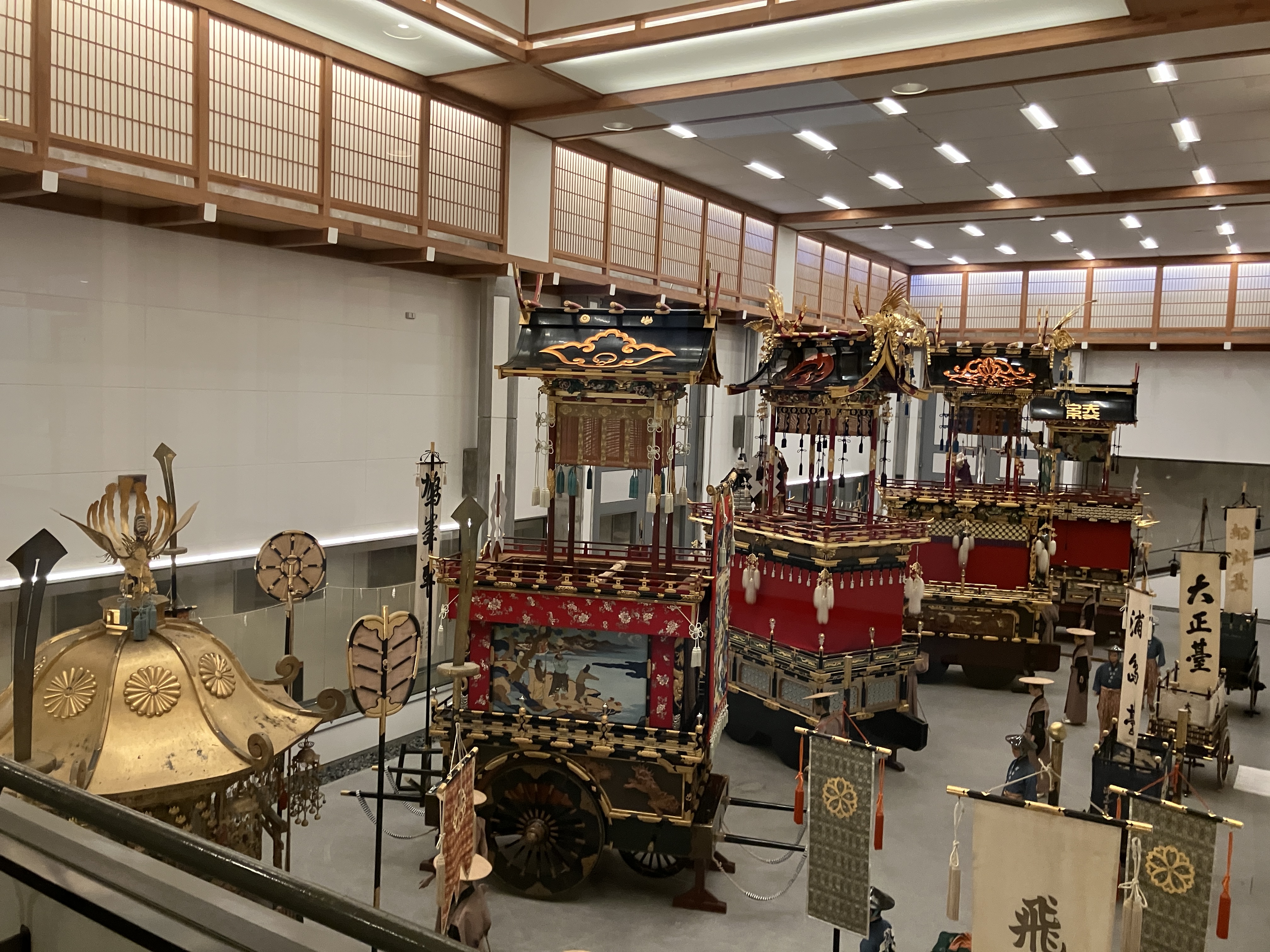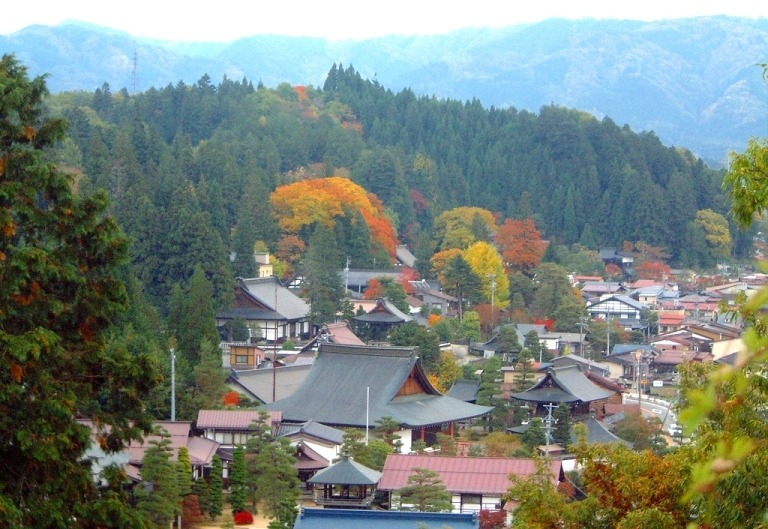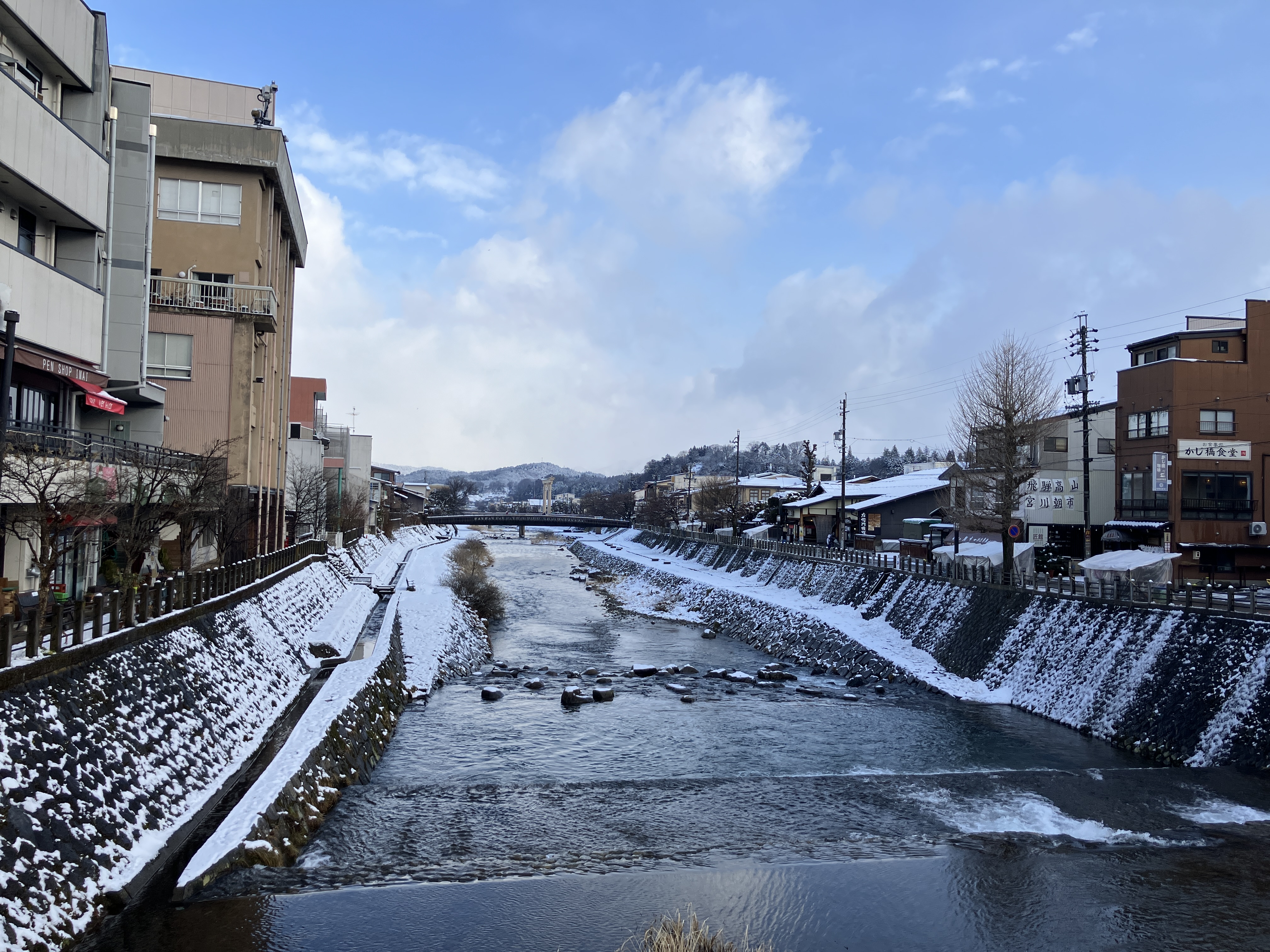Kusakabe Traditional House represents indigenous culture of Takayama
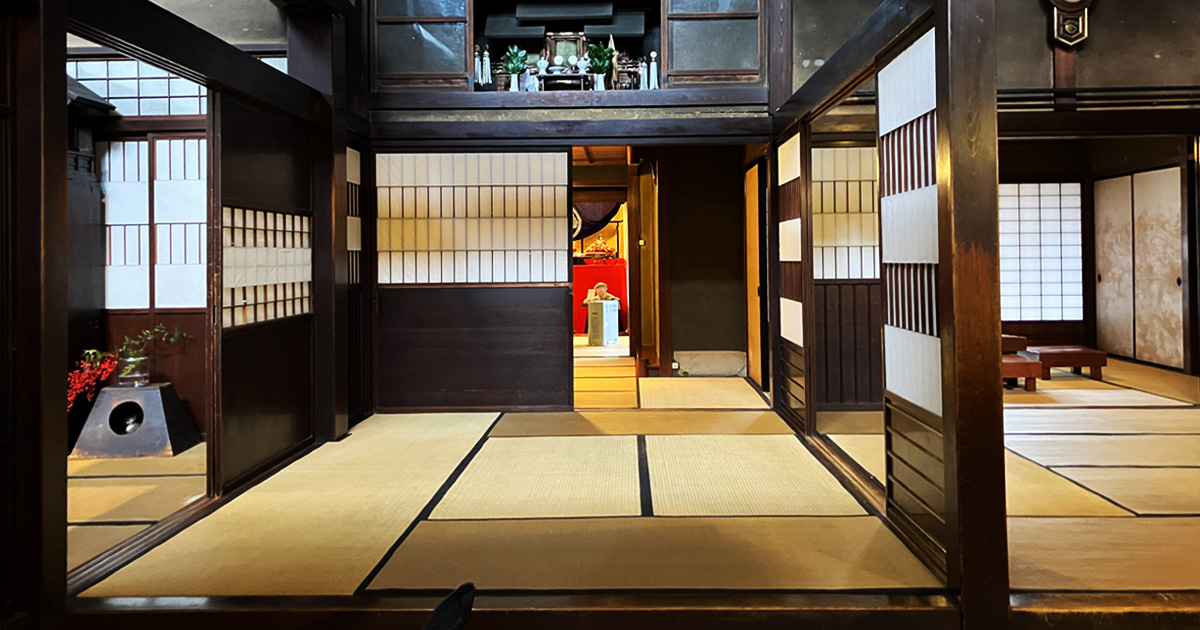
Kusakabe Traditional House is one of Japan’s national important cultural assets and it represents the wonder of Edo period construction method. Unlike Kanazawa where many samurai cultural assets remain, Takayama showcases the charm of the townspeople’s cultural assets. I’m going to tell you why.
Who are Kusakabe family?
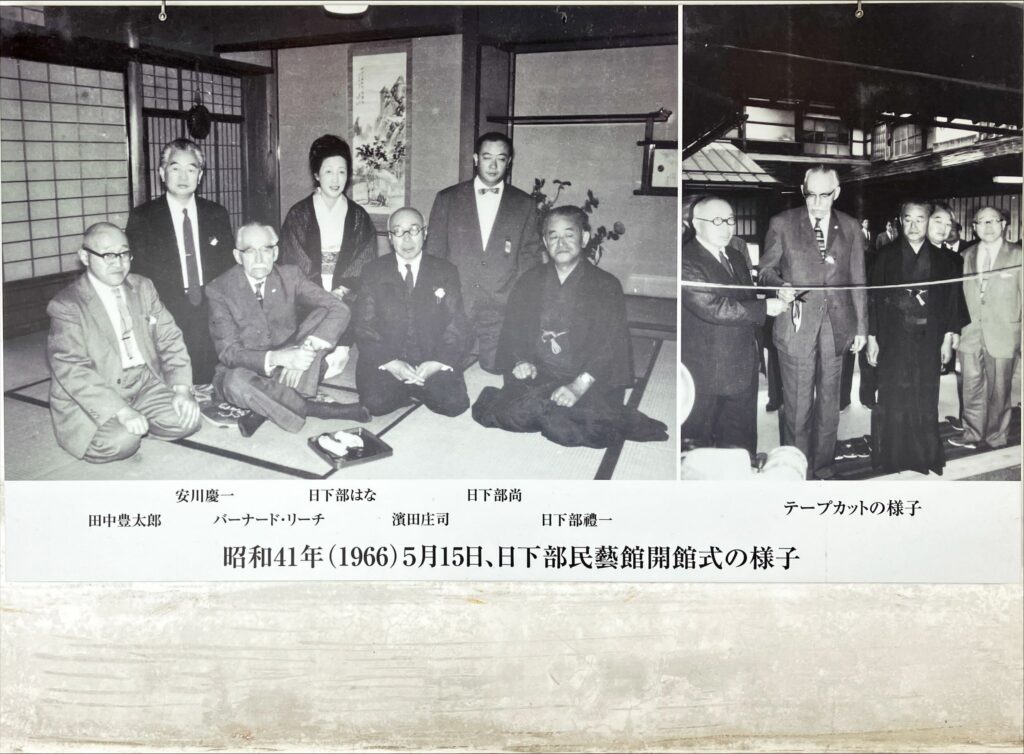
The Kusakabe family was a family known as the “Danshu” who made a fortune during the Edo period. In times of disaster, they played a central role in building Takayama culture by using their vast wealth to help the townspeople and building floats. He first made his fortune as a merchant dealing in tobacco, pots, kettles, nails, and lead, as well as cloth and rice. Once he had made a fortune, he started working as a money changer and lent money not only to the shogunate, but also to the Toyama, Gujo, and Naegi domains.
A town where the townspeople’s culture flourished
Takayama used to be the castle town which was built in the Sengoku (Civil War) period. After Tokugawa Ieyasu, who was the dominant war load at that time, came to power, Takayama came under the direct control of Tokugawa bakufu (military government). Since then, Takayama became secured, and almost all samurai left the town and Takayama had flourished as a town of townspeople. Therefore, the heritage in Takayama which can be seen today was not brougnt by the samurai class but by the townspeople.
What is Kusakabe Traditional House like?
Kusakabe Traditional House is the heritage whichi was built in the Edo period and was designated as a national important cultural asset in 1966. It was the house which Kusakabe family lived in and also an exchange house where they lent money to public office.

After the house burned down by the fire accident in 1879, the current house was rebuilt by the local expert carpenter, Jisuke Kawashiri. Although the time was already the Meiji period, he rebuilt the house using the Edo period architectural methods: The main part of the building has two-stories and a starwell; They were all made of hinoki (Japanese cypress); The combination of the beams and pillars made the house extremely strong; the roof slants slightly with moderate eaves; the window has thin lattice works, which is called “koushi” in Japanese; the entire house is finished with a dark-brown paint made from soot; the warehouses were made from mud and soil.
Hinadan | Another highlight of Kusakabe Traditional House
Hinadan Edo-period version

Many of the Hina dolls of the Kusakabe family were brought to the head of the family as wedding gifts, and some of the doll boxes have the names of their wives written on them. Although the dolls vary in shape, size, and age, they are all displayed on the same platform. In addition to Hina dolls, children’s toys and tatami mat mechanisms are also displayed. Most of the items are from the late Edo period, and around the large palace, you can also see dynasty-style dolls such as gagaku performers, gonin hayashi, dolls from Kyoto’s Aoi Festival procession, and kemari dolls.
Hinadan Meiji-period version
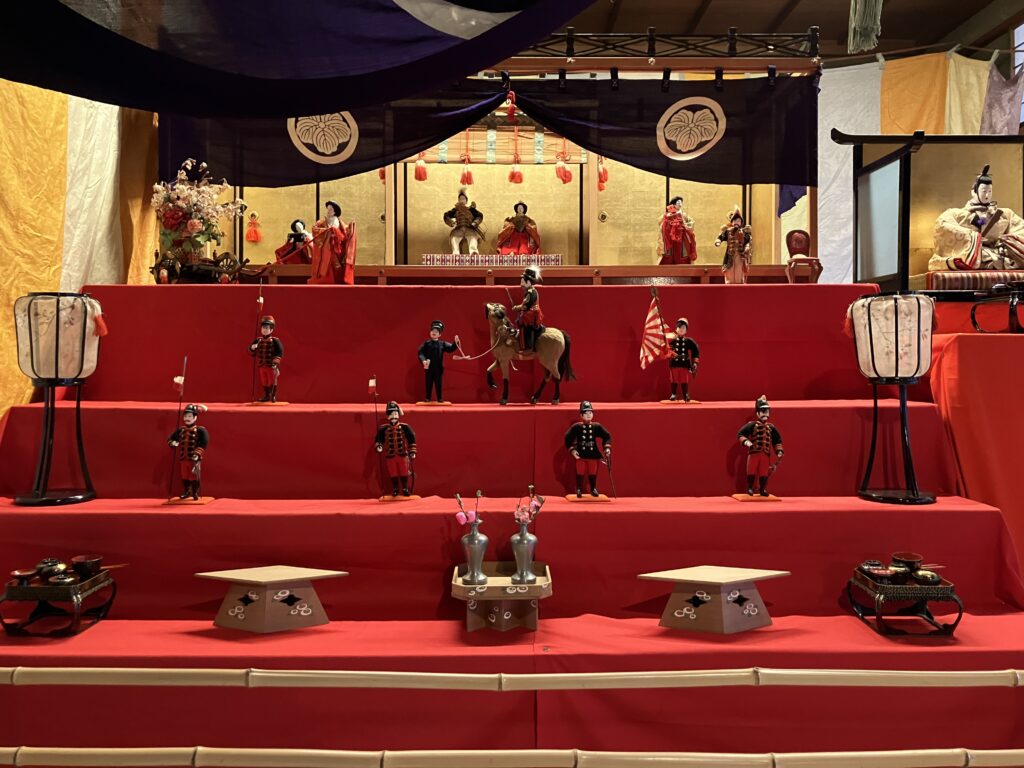
The Emperor Meiji and the Empress are displayed as dairi dolls, and the following are the commanders of the Imperial Guards, military police, etc. In addition, the tatami room is filled with dolls that have been passed down from generation to generation, such as Kimekomi dolls and Takayama Tsuchibina dolls.
[NEW WORDS]
| gagaku | A combination of ancient Japanese ritual music and dance, music and dance introduced from Asian continent, and the music and dance unique to Japan during the Heian period. |
| gonin hayashi | Music accompaniment who performs nohgaku (traditional Japanese stage art) and the young boy who performs the local songs. Hayashikata are the performers who are in charge of Noh music, and jiuta are the performers who sing the lyrics and chants in chorus. |
| dairi doll | The doll placed in dairi. Dairi is the palace where the emperor is supposed to inhabit and work. |
| kimekomi doll | The doll in which grooves are dug in the body made of hardened paulownia glue, and fabrics are inserted (kimekomi) with a spatula to look dressed. |
| Tsuchibina doll | Clay dolls made of baked clay with colors and patterns added to them, and are said to have become popular among the common people who could not afford expensive dolls in the late Edo period. |

